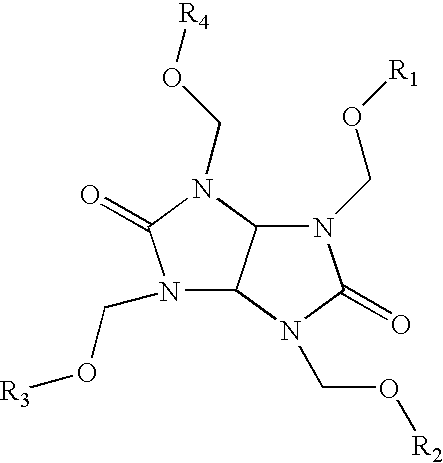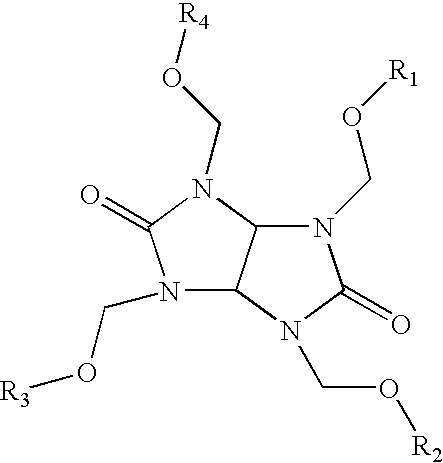Glycoluril resin and acrylic resin dual members
a technology of acrylic resin and glycoluril resin, which is applied in the field of intermediate transfer members, can solve the problems of premature seam delamination failure, untransferred residual toner being trapped in the site, and adversely affecting the motion quality of the crucial photoconductive belt, and achieves excellent surface resistivity, reduced or eliminated profile protrusions or irregularities, and minimal visibility.
- Summary
- Abstract
- Description
- Claims
- Application Information
AI Technical Summary
Benefits of technology
Problems solved by technology
Method used
Image
Examples
example i
[0059]Comparative Example 1 entire ITB, including the seam, was overcoated (overcoat layer) by a known flow coating method. The overcoat layer coating solution was prepared by introducing into an amber glass bottle in a weight ratio of 34 / 63 / 2 / 1 CYMEL® 1170, a highly methylated-ethylated glycoluril resin, represented by
with at least 75 percent of the R groups being methyl / ethyl, and the remainder of the R groups being hydrogen, and with a viscosity of from about 3,800 to about 7,500 centipoises at 23° C., commercially available from CYTEC Industries, Inc; DORESCO® TA22-8, a self crosslinking acrylic resin solution in ethanol / acetone (about 30 weight percent solid) obtained from Lubrizol Dock Resins, and with a resin glass transition temperature of 79° C.; p-toluenesulfonic acid (pTSA), an acid catalyst; and SILCLEAN® 3700, a hydroxyl derivative of a silicone modified polyacrylate obtained from BYK, Inc. The resulting mixture was then dissolved in DOWANOL™ to form a solution containi...
example ii
[0063]The above process of Example I is repeated except that the overcoat layer on the belt is comprised of CYMEL® 1170 / DORESCO® TA22-8 / pTSAISILCLEAN® 3700 in a ratio of 29.1 / 67.9 / 2 / 1, and which overcoat layer had a surface resistivity of about 1.1×1010 ohm / sq.
PUM
| Property | Measurement | Unit |
|---|---|---|
| weight percent | aaaaa | aaaaa |
| weight percent | aaaaa | aaaaa |
| weight percent | aaaaa | aaaaa |
Abstract
Description
Claims
Application Information
 Login to View More
Login to View More - R&D
- Intellectual Property
- Life Sciences
- Materials
- Tech Scout
- Unparalleled Data Quality
- Higher Quality Content
- 60% Fewer Hallucinations
Browse by: Latest US Patents, China's latest patents, Technical Efficacy Thesaurus, Application Domain, Technology Topic, Popular Technical Reports.
© 2025 PatSnap. All rights reserved.Legal|Privacy policy|Modern Slavery Act Transparency Statement|Sitemap|About US| Contact US: help@patsnap.com



